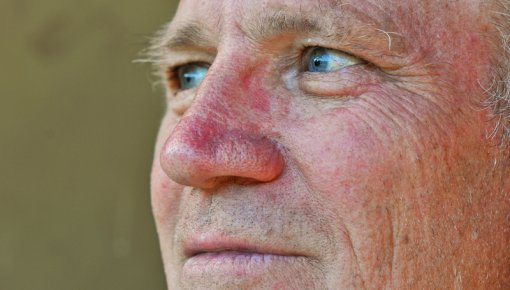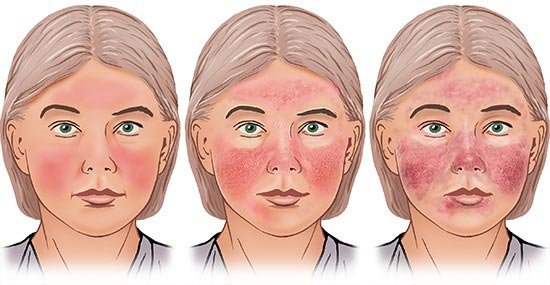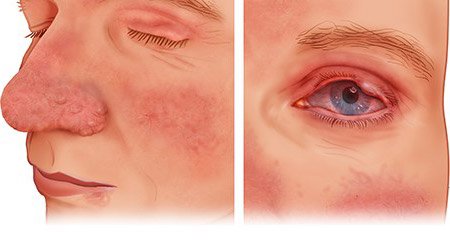Introduction

Red skin, visible blood vessels and pus-filled spots on the face are all typical symptoms of rosacea. This is a common facial skin inflammation that typically comes and goes in episodes.
Like any visible skin condition, rosacea can affect your wellbeing and self-esteem. But a lot of people aren’t aware that the blotchy red skin on their face is caused by a medical condition. There are various ways to reduce the inflammation and prevent flare-ups.


